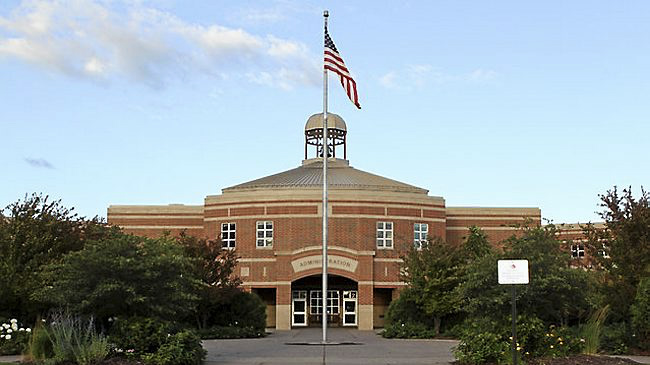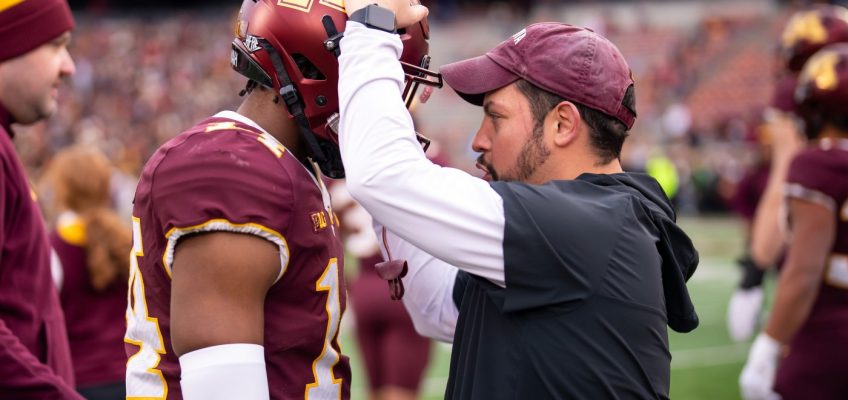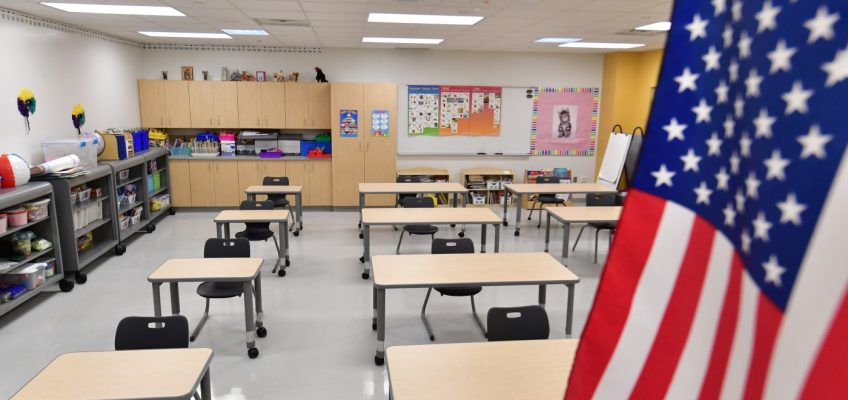Stillwater Area School District officials next year will be changing how science is taught at the elementary-school level in order to increase time spent on literacy instruction.
Beginning next year, science will be taught by specialists at the elementary level. Art and media instruction, currently taught by specialists, will be integrated into classrooms, said Caitlyn Willis, the district’s executive director of elementary education.
The change, presented by Willis and others during a school board workshop on Tuesday night, is needed as the district has adopted a new literacy curriculum that requires an additional 40 minutes of literacy instruction each day. There are currently 80 minutes of daily literacy instruction, Willis said.
Moving science to the specialist schedule will “give teachers time to focus on implementing the district’s new literacy curriculum and improving how students are taught to read,” said Carissa Keister, the district’s chief of staff and director of communications.
The school’s media centers will continue to remain open and staffed full time with paraprofessionals, and students will still be able to check out books, Keister said.
The district will retain two K-12 media specialists who will be in charge of the media collections across the district; the others will be able to bid into open jobs within the district.
The district’s art specialists at the elementary-school level also will be able to bid into open positions. The district will hire one K-5 art coordinator, who will help embed the arts standards into the classroom.
“We’re not getting rid of art,” said Gina Doe, principal of Afton-Lakeland Elementary School. “We value it. We just need to think differently and just structure it and move it around. These things are all being taught, they’re just being taught in a different way, which can be hard to make that change. … It’s still happening, just in a different way.”
Derek Berg, principal of Stonebridge Elementary, also spoke in favor of the change.
“We are not abandoning these things, but we are retooling them, and we’re doing them in a different way,” he said. “We do have an emphasis on literacy. We are adopting a new literacy curriculum, and we can’t ignore the fact that there is an increase in minutes that are required. It would be inappropriate if we did nothing.”
The change is expected to help close a $5.4 million gap expected for the 2025-26 school year, district officials said. Among the issues contributing to the deficit: unfunded state mandates; uncertainty about state funding; a drop in student enrollment; rising costs due to inflation, and the expiration of federal grants.
One unfunded state mandate is the READ Act, which required the district to purchase the new $800,000 literacy curriculum.
Since state funding is given out on a per-pupil basis, a drop in enrollment means less revenue for the district. K-12+ enrollment as of this month is down 56 students compared to last year at this time; preliminary projections for 2025-26 show a possible 54-student decrease.
Staffing levels are being adjusted to reflect projected enrollment, including a reduction in classroom teaching positions to match student numbers. According to a chart presented Tuesday, that includes six elementary full-time equivalents and 1.45 secondary FTEs. School and district support staff positions also are being reduced.
Three secondary social workers, whose salaries had been covered by federal Elementary and Secondary School Emergency Relief money, COVID-related funding that has run out, will be eliminated, said Mike Funk, the district’s superintendent. District officials are working with Family Means to provide counseling services external to the district, he said, “but I want to acknowledge that that is causing some stress on the system.”
Between probationary releases and budgetary reductions, the district will be laying off around 35 people “that represent a mix of full- and part-time staff,” Keister said
Additional reductions will be made to employee-benefits contributions and in curriculum materials and apps not aligned to core instruction.
Stillwater is not alone in its need to make budget cuts, Funk said. Districts throughout the metro area are facing a combined budget shortfall of more than $280 million, according to a recent survey conducted by the Association of Metropolitan School Districts.
The school board is expected to vote on the budget on June 17. It is possible that district officials may need to consider additional items for “priority-based budgeting reductions” prior to that, Keister said.
Related Articles
Stillwater skateboard park to be relocated as part of Rec Center project
Woodbury launches a new visitors bureau and website
Judge dismisses former Washington County deputy’s sexual-harassment lawsuit
Four Stillwater teachers suspended for cheating on training program
Stillwater schools make leadership changes




